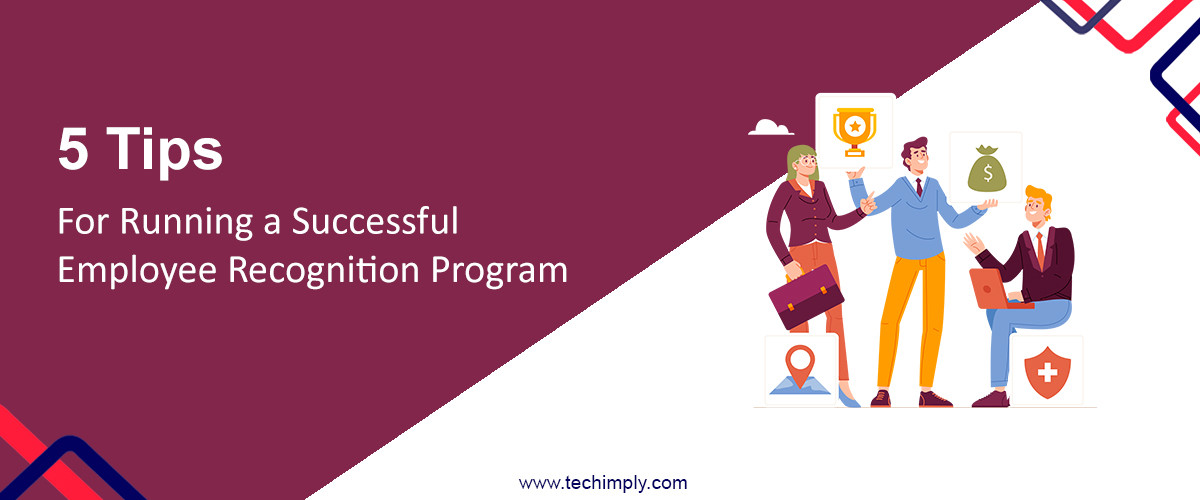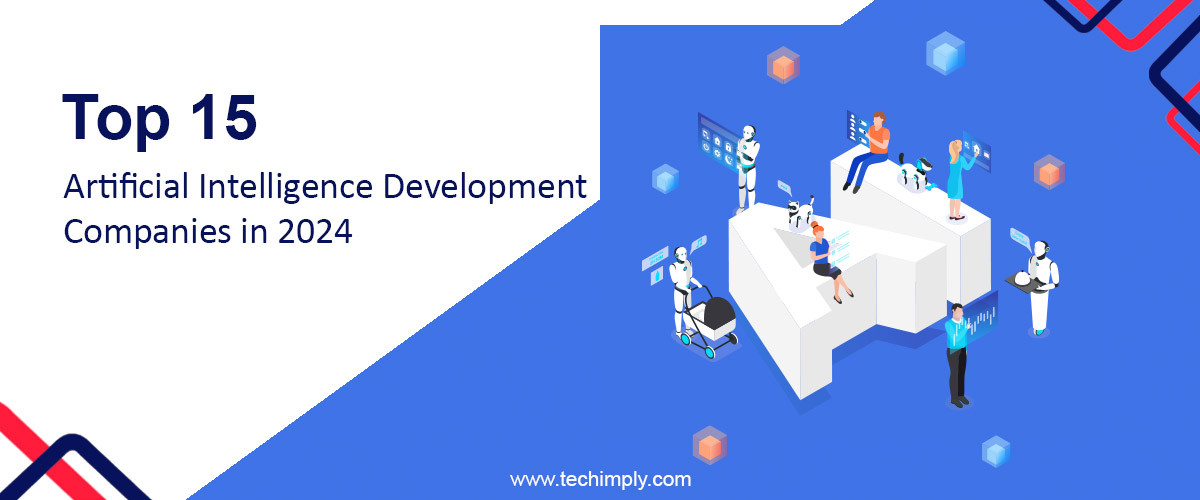In the pursuit of creating thriving workplaces, the role of employee recognition programs cannot be overstated. These initiatives go beyond simple acknowledgment; they form the bedrock of a motivated, engaged, and high-performing workforce. Crafting and executing a successful employee recognition program requires a strategic approach, combining empathy, understanding, and a keen sense of organizational dynamics.
Here are five indispensable tips that can elevate your employee recognition program from a mere formality to a powerful catalyst for organizational success. These tips delve into the nuances of designing, implementing, and sustaining a recognition program that resonates with employees and drives a positive culture within the workplace.
1. Clear and Aligned Objectives:
Employee recognition software can amplify the effectiveness of a program by providing a structured platform to define and align recognition objectives. Leverage this software to establish clear goals tied to the organization's mission and values. By setting specific criteria and objectives within the software, it becomes easier to track and measure the impact of recognition initiatives.
2. Variety in Recognition Methods with Software Integration:
Utilize employee recognition software to diversify recognition methods. This technology often offers various features like peer-to-peer recognition, milestone celebrations, or gamified reward systems. Integrate multiple modes of recognition – monetary rewards, digital badges, personalized messages – to cater to different preferences. The software's flexibility allows for a comprehensive approach to acknowledge diverse contributions.
3. Consistency and Timeliness through Software Automation:
Employee recognition software streamlines the process, ensuring consistent and timely acknowledgment. Automate recognition for milestones, achievements, or exemplary behavior. Scheduled reminders and instant notifications within the software guarantee that recognitions are delivered promptly, enhancing their impact and reinforcing positive behaviors in real-time.
4. Inclusivity and Fairness with Software Analytics:
Leverage the analytics capabilities of employee recognition software to ensure inclusivity and fairness. Monitor and analyze recognition patterns and trends to ensure a balanced and unbiased program. These insights help identify any disparities in recognition across teams or roles, enabling proactive adjustments for a fair and inclusive program.
5. Feedback-Driven Continuous Improvement Leveraging Software Insights:
Use employee recognition software as a feedback tool. Gather insights and feedback from employees through surveys or analytics provided by the software. Understand what recognition methods resonate most and where improvements can be made. Adapt the program based on these insights to continuously enhance its effectiveness.
Here is the Best Employee Recognition Software List!
The Impact of Employee Rewards and Recognition on Workplace Success
In the dynamic landscape of modern workplaces, the significance of acknowledging and rewarding employees cannot be overstated. Beyond mere gestures of appreciation, employee rewards and recognition initiatives hold profound importance in fostering a thriving organizational culture and driving performance. Let's delve into why these elements matter significantly.
1. Motivation and Engagement:
Recognition serves as a catalyst for motivation. When employees feel valued for their contributions, it fuels a sense of purpose and commitment towards their roles. Acknowledging their efforts not only boosts morale but also enhances their engagement with tasks and the company's objectives. Motivated employees tend to exhibit higher productivity levels, leading to increased overall performance.
► Are You Looking For Employee Reward Software? Here Is The Techimply's List Of Best Employee Reward Software Solutions!
2. Retention and Loyalty:
A workplace culture that prioritizes recognition tends to have higher employee retention rates. When individuals feel appreciated and their hard work acknowledged, they develop a sense of loyalty towards the organization. This loyalty contributes significantly to reducing turnover rates, saving costs associated with recruitment and training new hires.
3. Positive Organizational Culture:
Recognitions and rewards form the cornerstone of a positive workplace culture. When acknowledgment becomes a norm, it fosters an environment of support and encouragement. It not only elevates the spirits of the recognized individuals but also sets a precedent for others to strive for excellence, thus nurturing a culture of continuous improvement and collaboration.
4. Boosting Morale and Well-being:
Acknowledging achievements enhances employees' self-worth and contributes to their overall well-being. A positive workplace that celebrates successes cultivates a sense of pride and satisfaction among its workforce, leading to reduced stress levels and increased job satisfaction.
5.Performance and Innovation:
Rewards and recognition programs often stimulate healthy competition among employees, encouraging them to innovate and perform at their best. By acknowledging innovative ideas or outstanding performance, companies foster a culture that values creativity and pushes the boundaries of what's possible.
Implementation Tips for an Effective Employee Recognition Program
1. Define Clear Objectives and Criteria:
Before launching any recognition program, define clear objectives. What behaviors, achievements, or contributions do you aim to acknowledge? Establish transparent criteria that align with your company's values and goals. Whether it's exceptional teamwork, innovation, or meeting specific targets, clarity in criteria ensures fairness and understanding among employees.
2. Engage Employees in Program Design:
Involve employees in the design phase to ensure inclusivity and relevance. Gather insights through surveys, focus groups, or suggestion boxes to understand what forms of recognition are meaningful to them. Tailor the program to accommodate diverse preferences, whether it's public praise, monetary rewards, extra time off, or personalized acknowledgments.
3. Consistent Communication and Promotion:
Launch the program with clear communication outlining its purpose, criteria, and how employees can participate. Consistency in promoting the program across various channels—emails, meetings, bulletin boards, or intranet—ensures everyone is aware and engaged. Regularly highlight success stories or recognized individuals to reinforce the program's importance.
4. Make it Personal and Timely:
Personalize recognition to resonate with individual preferences. A handwritten note, a public shout-out during a meeting, or a personalized gift can significantly impact an employee. Additionally, timeliness is crucial. Promptly acknowledge achievements or behaviors to reinforce the desired actions and show genuine appreciation.
5. Measure and Adapt:
Implement mechanisms to measure the program's effectiveness. Track participation rates, feedback, and the impact of recognition on employee morale and performance. Use this data to refine and adapt the program over time. Solicit feedback regularly to ensure the program remains relevant and continues to meet employees' needs.
6. Incorporate Diversity and Inclusivity:
Ensure that your recognition program is inclusive and embraces diversity. Recognize and celebrate achievements across various demographics, roles, and departments. Acknowledge different cultural preferences and create a program that resonates with the entire workforce.
7. Leadership Buy-In and Role Modeling:
Leadership buy-in is pivotal for the success of any recognition program. Encourage leaders to actively participate and set an example by recognizing employees themselves. When leaders embody the values of the program, it reinforces its importance throughout the organization.
8. Celebrate Milestones and Long-Term Contributions:
Acknowledge not only major milestones but also consistent long-term contributions. Celebrate work anniversaries, tenure, or consistent excellence to show appreciation for ongoing dedication and loyalty.
Bottom Line
Implementing an effective employee recognition program, supported by robust employee recognition software, is foundational for fostering a positive workplace culture and driving organizational success. By aligning objectives, diversifying recognition methods, ensuring consistency, promoting inclusivity, and leveraging feedback for continuous improvement, businesses can create a culture of appreciation that motivates employees, enhances engagement, and ultimately contributes to sustained growth and success.
The integration of employee recognition software streamlines and enhances these initiatives, offering tools and analytics that not only facilitate the program's execution but also provide valuable insights for ongoing enhancements. Investing in such software underscores a commitment to valuing and acknowledging employees, leading to a more engaged and fulfilled workforce, thereby positively impacting the bottom line of the organization.




.png)

